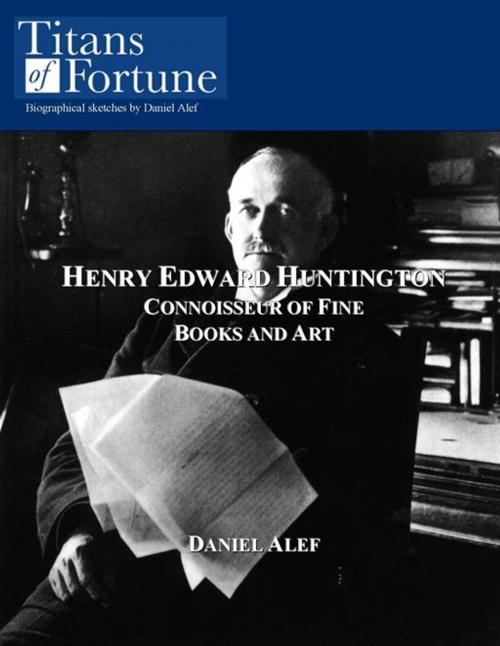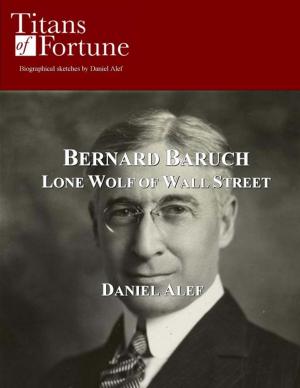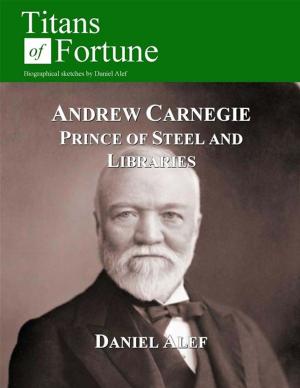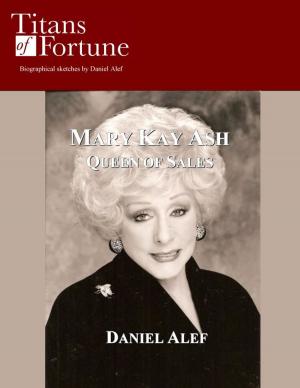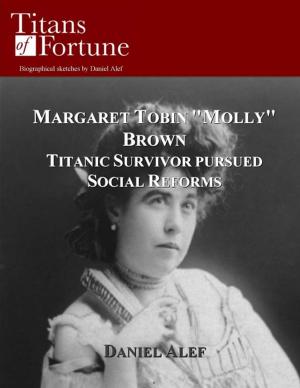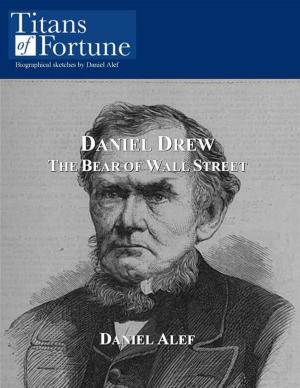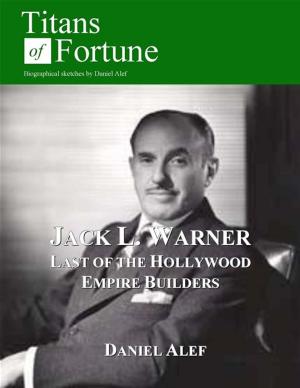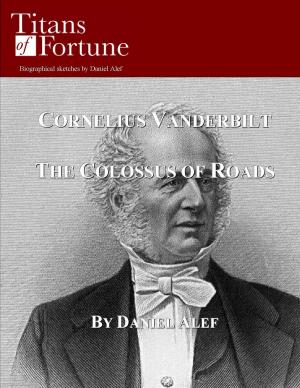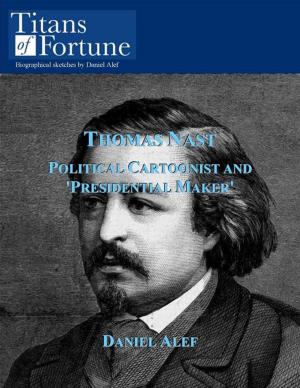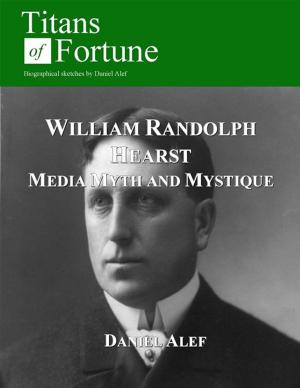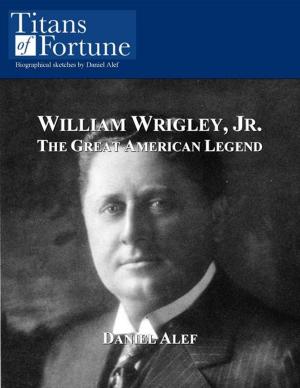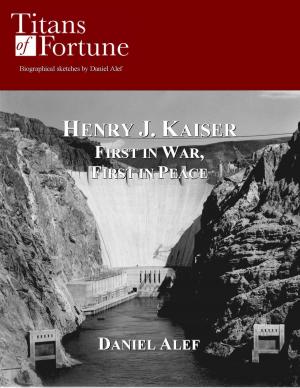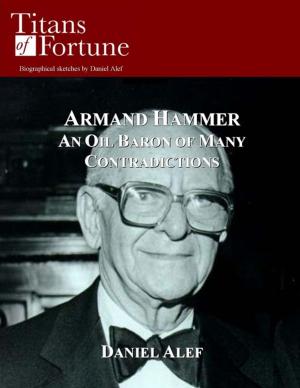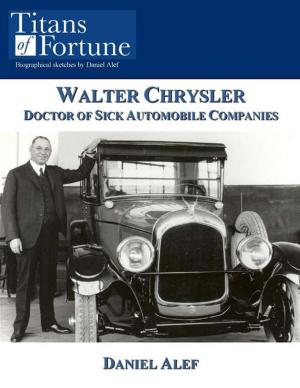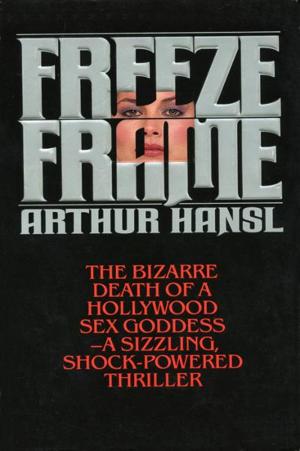Henry Edward Huntington: Connoisseur Of Fine Books And Art
Nonfiction, Reference & Language, Transportation, Railroads, History, Biography & Memoir, Political| Author: | Daniel Alef | ISBN: | 9781608041695 |
| Publisher: | Titans of Fortune Publishing | Publication: | March 15, 2009 |
| Imprint: | Language: | English |
| Author: | Daniel Alef |
| ISBN: | 9781608041695 |
| Publisher: | Titans of Fortune Publishing |
| Publication: | March 15, 2009 |
| Imprint: | |
| Language: | English |
The Huntington in San Marino, California, is one of the world's foremost collections of books, art and flora. Set in park-like grounds and a Beaux-Arts mansion built in the early 1900s, the Huntington boasts some of the rarest and most valuable artifacts on Earth from the Gutenberg Bible on vellum, the Ellesmere manuscript of Chaucer's "Canterbury Tales," Benjamin Franklin's autobiography, Shakespeare's folios and more than a million other rare books, to great works of art including Gainsborough's "Blue Boy," Lawrence's "Pinkie," Mary Cassatt's "Breakfast in Bed" and John Singer Sargent's "Portrait of Pauline-Astor." Rolling lawns, color-splashed gardens abound; one might regard the Huntington as the closest place on Earth to Eden. Perhaps this is a manifestation of Henry Edward Huntington and his wife Arabella's love and interest in books and art; they were inveterate collectors who devoted much of their life and wealth to amassing these incomparable collections. Henry Huntington's story also encompasses the evolution of Los Angeles into a megapolis. His Pacific Electric Railway had 900 red and yellow trolley cars crisscrossing Southern California on more than 1,100 miles of track. He owned other street railway systems, railroads, vast swaths of real estate and sat on the boards of many of Los Angeles' and San Francisco's largest concerns. Award-winning author Daniel Alef's biographical profile of Henry E. Huntington is the story of a man who achieved great success, retained his moral compass and left a wonderful legacy, one he was determined to share with the public. [1,765-word Titans of Fortune article]
The Huntington in San Marino, California, is one of the world's foremost collections of books, art and flora. Set in park-like grounds and a Beaux-Arts mansion built in the early 1900s, the Huntington boasts some of the rarest and most valuable artifacts on Earth from the Gutenberg Bible on vellum, the Ellesmere manuscript of Chaucer's "Canterbury Tales," Benjamin Franklin's autobiography, Shakespeare's folios and more than a million other rare books, to great works of art including Gainsborough's "Blue Boy," Lawrence's "Pinkie," Mary Cassatt's "Breakfast in Bed" and John Singer Sargent's "Portrait of Pauline-Astor." Rolling lawns, color-splashed gardens abound; one might regard the Huntington as the closest place on Earth to Eden. Perhaps this is a manifestation of Henry Edward Huntington and his wife Arabella's love and interest in books and art; they were inveterate collectors who devoted much of their life and wealth to amassing these incomparable collections. Henry Huntington's story also encompasses the evolution of Los Angeles into a megapolis. His Pacific Electric Railway had 900 red and yellow trolley cars crisscrossing Southern California on more than 1,100 miles of track. He owned other street railway systems, railroads, vast swaths of real estate and sat on the boards of many of Los Angeles' and San Francisco's largest concerns. Award-winning author Daniel Alef's biographical profile of Henry E. Huntington is the story of a man who achieved great success, retained his moral compass and left a wonderful legacy, one he was determined to share with the public. [1,765-word Titans of Fortune article]
